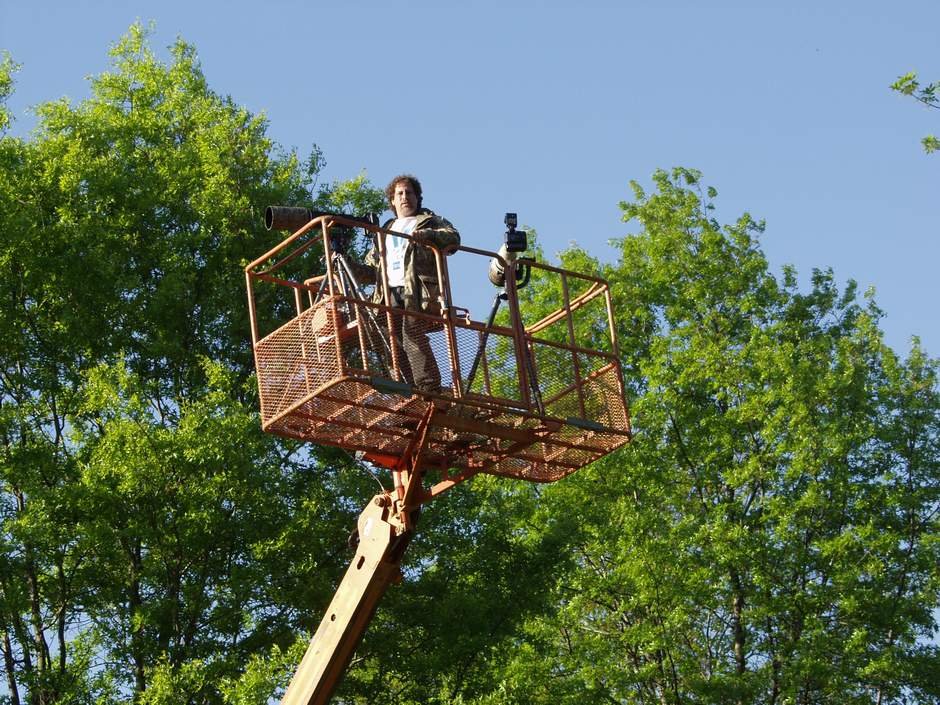Equipment
With birds at a distance or small birds that are fast movers my usual set up includes a Canon R5 body and a 600mm f/4 IS III USM Lens. This glass allows for late day shooting (f/4) and is light enough (6.71 lbs.) to hand hold for panning eagles and osprey.
The image above, of the ruby-throated hummingbird female, was taken with this setup setting in a blind overlooking one of its favorite nectaring plants – cardinal flower (Lobelia cardinalis)
The entire system was perched upon a Manfrotto 055 aluminum 3-Section Tripod with a Wimberley WH-200 Gimbal Tripod Head
Depending upon the subject and condition – day vs. night, very small subjects vs. larger subjects, how much magnification is necessary – dictate the equipment used. At night with subjects like frogs and moths I go to my D1x Mark II, with a Canon 100mm type II macro lens mounted with a ring light to provide even lighting for most subjects (Tersa moth was shot with this setup).
During the day with dragonflies and butterflies where distance between photographer and the subject is required my go to setup is the Canon D5 and a canon 180 macro lens. If I need extreme magnification, I’ll attached extension tubes between the lens and the body and use a tripod – if the subject is cooperating.
Camera Rigs
I’ve used high reach boom lifts in spring to get into the canopy to try and photograph birds that never present low - like yellow-bellied sapscuckers
Using various wildlife photography blinds increase chances of getting behavior images that otherwise are not possible by the walking and stalking method. Patience is the name of the game in a blind. Coffee and cigars help pass the time!
Image of Black Vultures shot with the aid of a photography blind
Blaine Rothauser
Getting in is half the battle.
Blaine Rothauser






